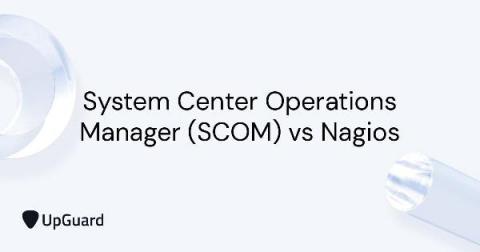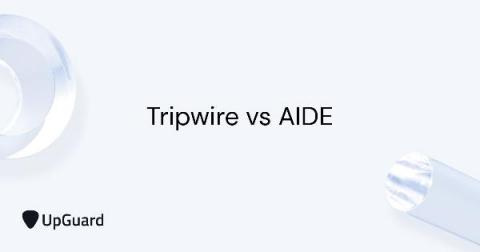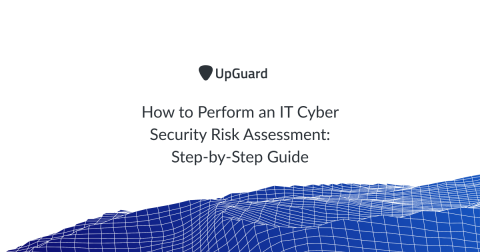Why Should I Be Worried About BlueKeep (CVE-2019-0708)
The BlueKeep RDP vulnerability (CVE-2019-0708) is a remote code execution flaw that affects approximately one million systems (as at 29 May 2019) running older versions of Microsoft operating systems. Attention shifted to BlueKeep about two weeks ago, during Microsoft's May 2019 Patch Tuesday. Microsoft released patches but their warning that the vulnerability is wormable drew the attention of security researchers who have uncovered more concerning findings about this emerging threat.
















